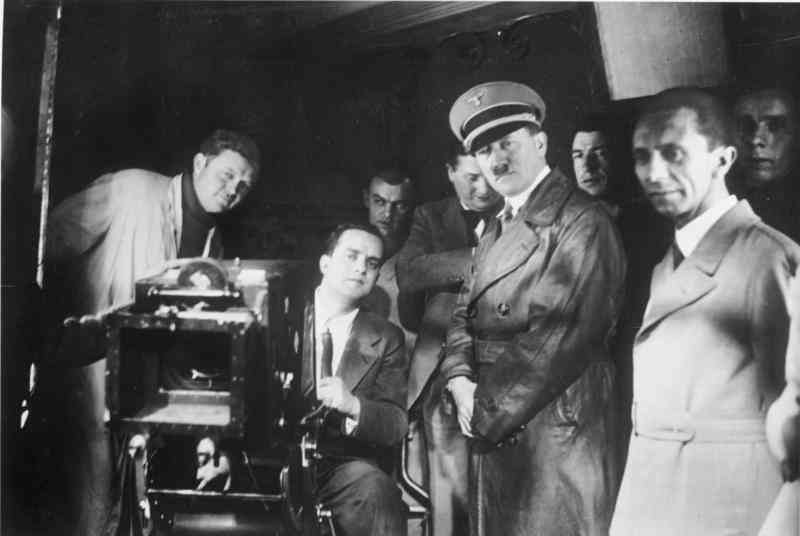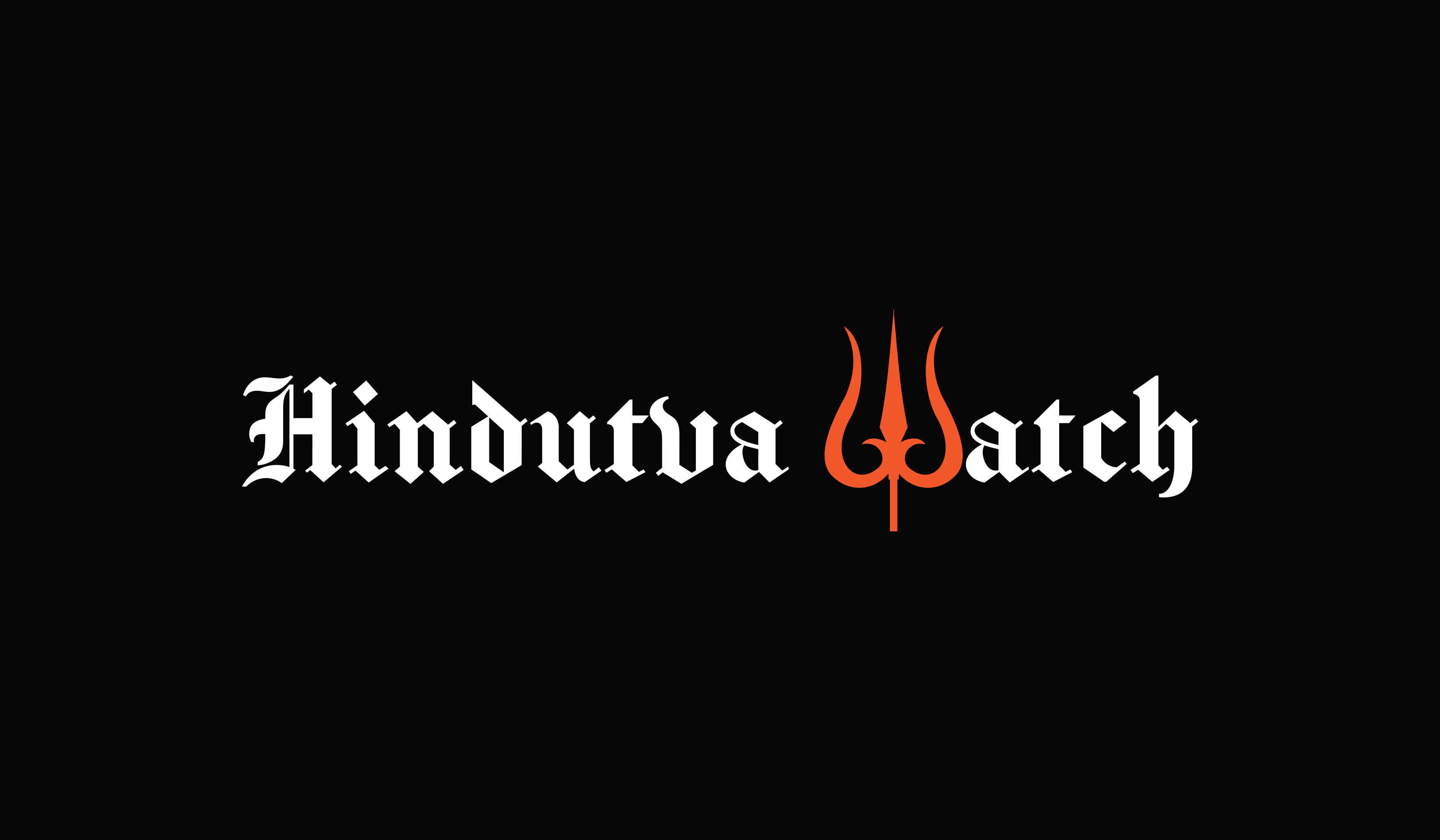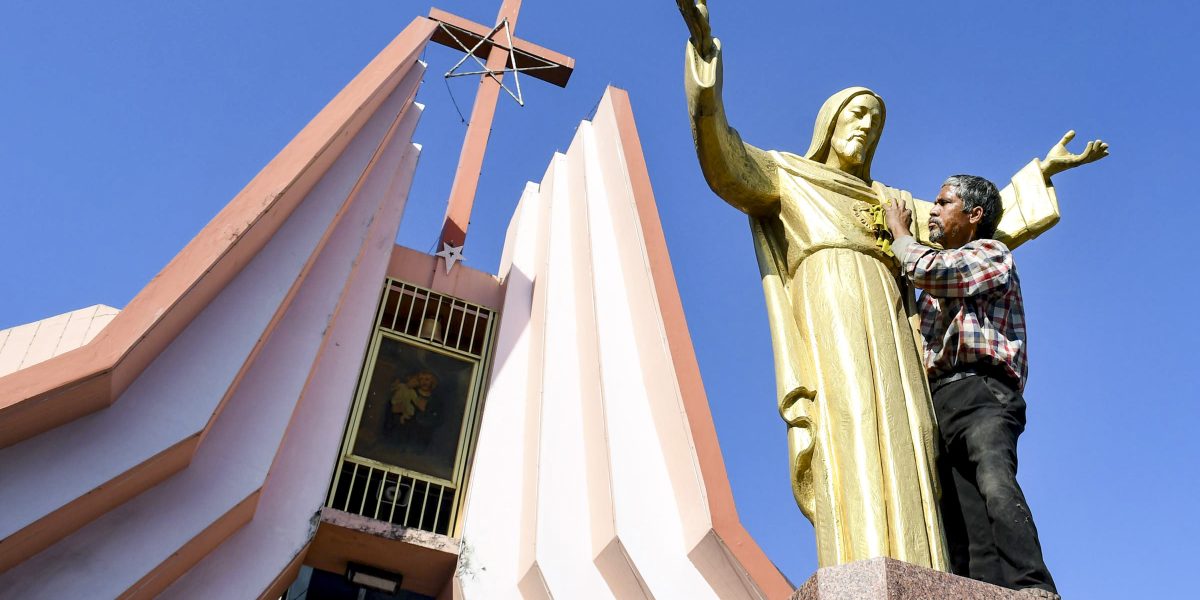
By Harsh Mander
There are few people in the world who hold such a close relationship with their popular cinema as the Indian people. Popular Hindi cinema is not realistic in its depictions and portrayals of Indian life. But these films do often evocatively reflect the dominant ethos of each age. In this sense, the sub-text of Indian cinema is frequently political and ideologically driven.
Look at popular Hindi cinema in the 1950s and 1960s. These were the early decades after India’s freedom, times of relative idealism and hope, of celebrating India’s pluralism, of combating the inequities and injustices of the colonial and feudal past, of women breaking their chains, and of nation-building. The iconic popular Hindi films of those times resonated with these aspirations, films lit up by gentle socialism and humanism, an affirmation and celebration of pluralism and shared living of Hindus and Muslims, the breaking the feudal bonds of oppression and a Gandhian belief in human goodness.
Films like Bimal Roy’s Do Bigha Zameen, Mehboob’s Mother India, Raj Kapoor’s Awara and Shri 420, Guru Dutt’s Sahib, Bibi aur Ghulam, BR Chopra’s Naya Daur, V Shantaram’s Do Ankhen Barah Haath and Yash Chopra’s Dharmaputra. The songs of this era penned by famed leftist poets like Sahir Ludhianvi, Shailendra and Kaifi Azmi also were odes to secularism and Hindu-Muslim unity, with calls for social equity, the rights of farmers and workers and dreams for a pluralist, humane, progressive nation.
Popular cinema from the 1990s reflected a vastly changed India, neo-liberal, acquisitive and – in the wake of the Babri Masjid movement – far more polarised. Farmers, the working class, Dalits, Adivasis and India’s poor were mostly erased from popular Hindi cinema. Lifestyles and aspirations of the upwardly mobile middle became the aspirational norm. And the Muslim man transformed from the gentle Raheem Chacha or noble aristocrat of the 1950s and 60s into the mafia, religious bigots and terrorists.
But Hindutva cinema of the Modi era is a new incarnation. Not because these films are political. As I emphasise, films have contained political and ideological messages in the past as well. But because, like the cinema of the Nazi era, Hindutva films not just completely unmask their bigotry, they flaunt it. They shed any residual scruples of at least making a pretence of adhering to truth. Instead, they brazenly falsify both history and contemporary events to advance their divisive ideological project. The tone of the films is shrill and unapologetically hateful.
As in Nazi Germany, these films are frequently publicly commended by the supreme leader, and by other senior public officials. Modi, like Adolf Hitler, publicly attends screenings of these films, as do his ministers and chief ministers. They commend these not just to the public but also (even more perilously) to the uniformed services. These films are patronised with public funds through tax cuts and other official patronage.
This story was originally published in scroll.in. Read the full story here.





